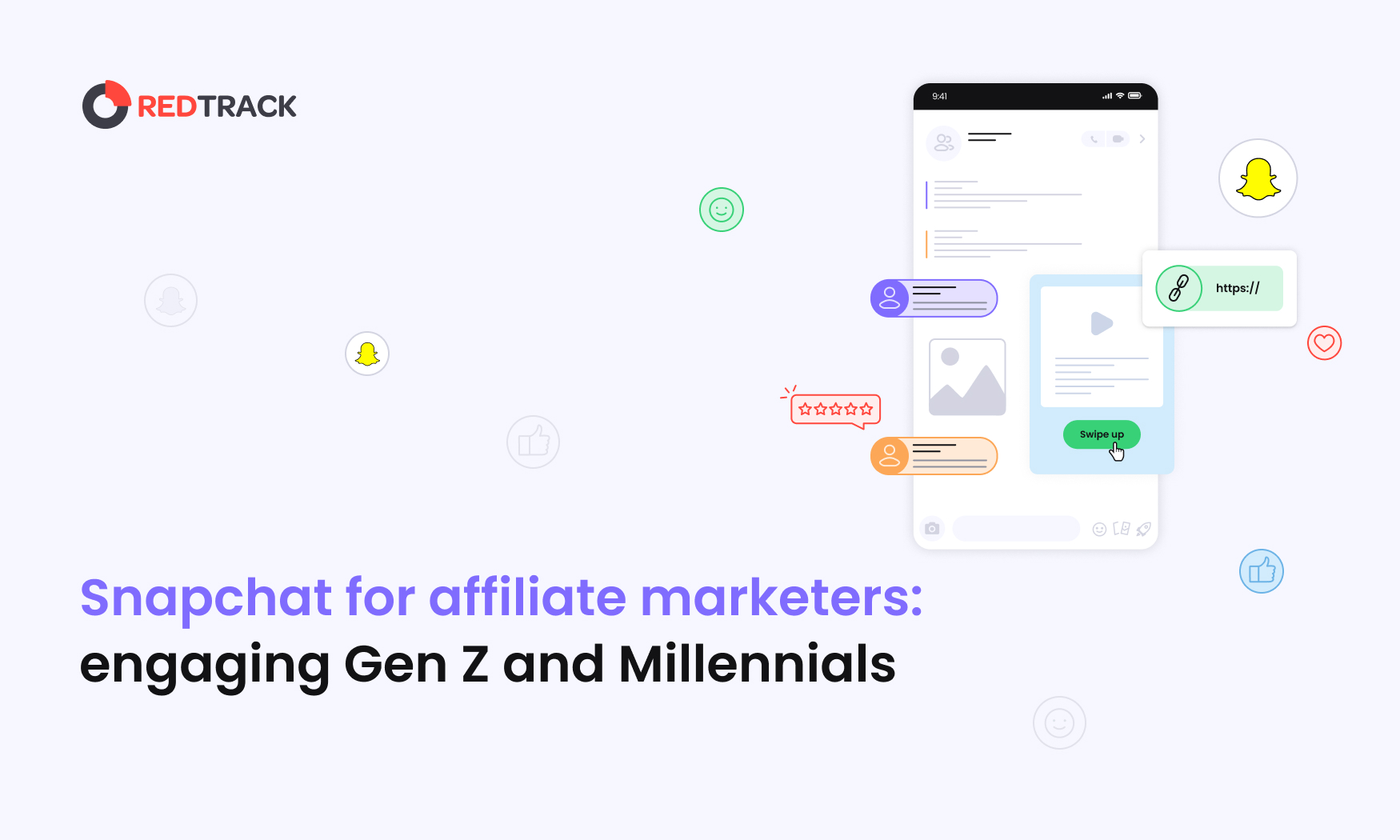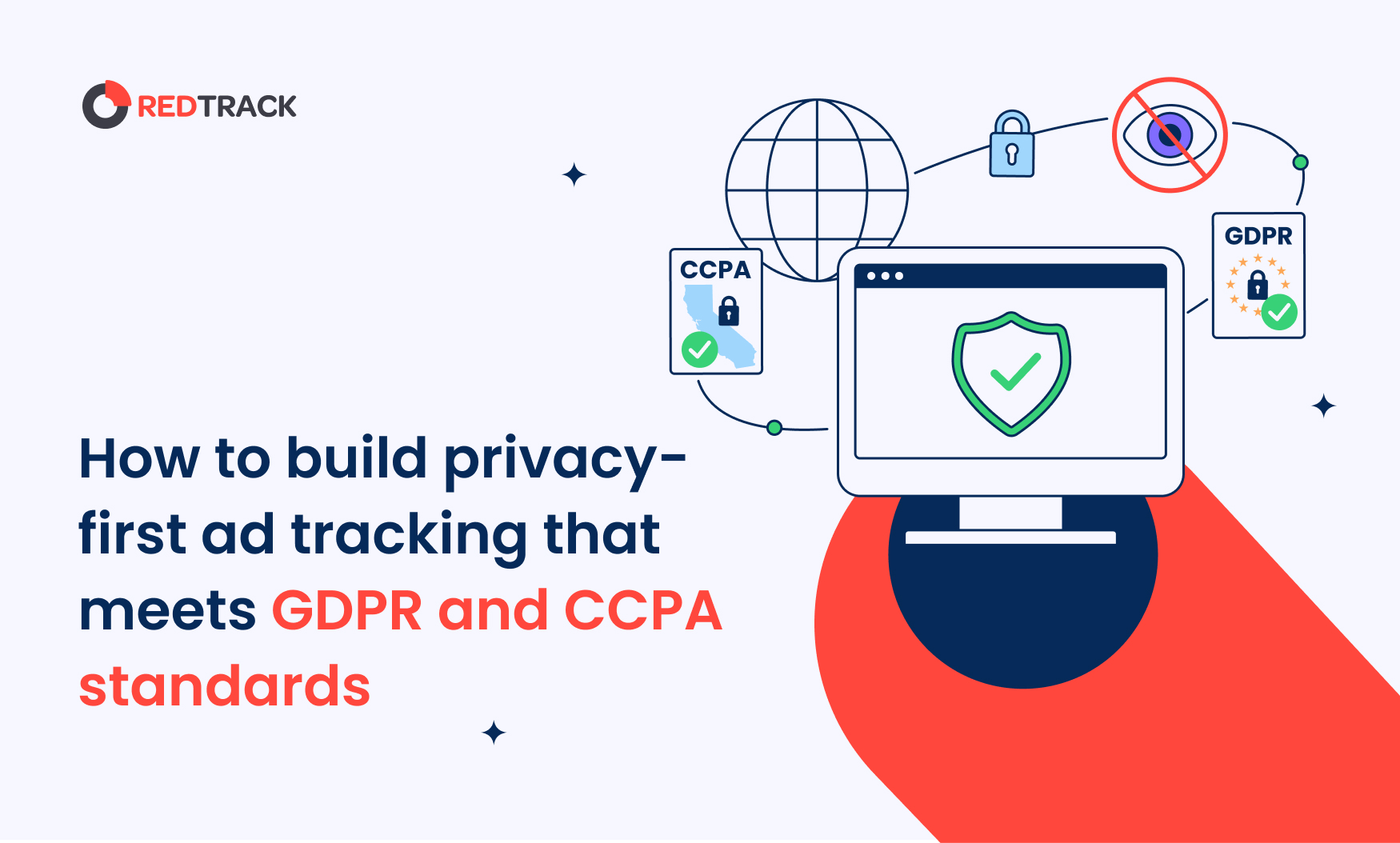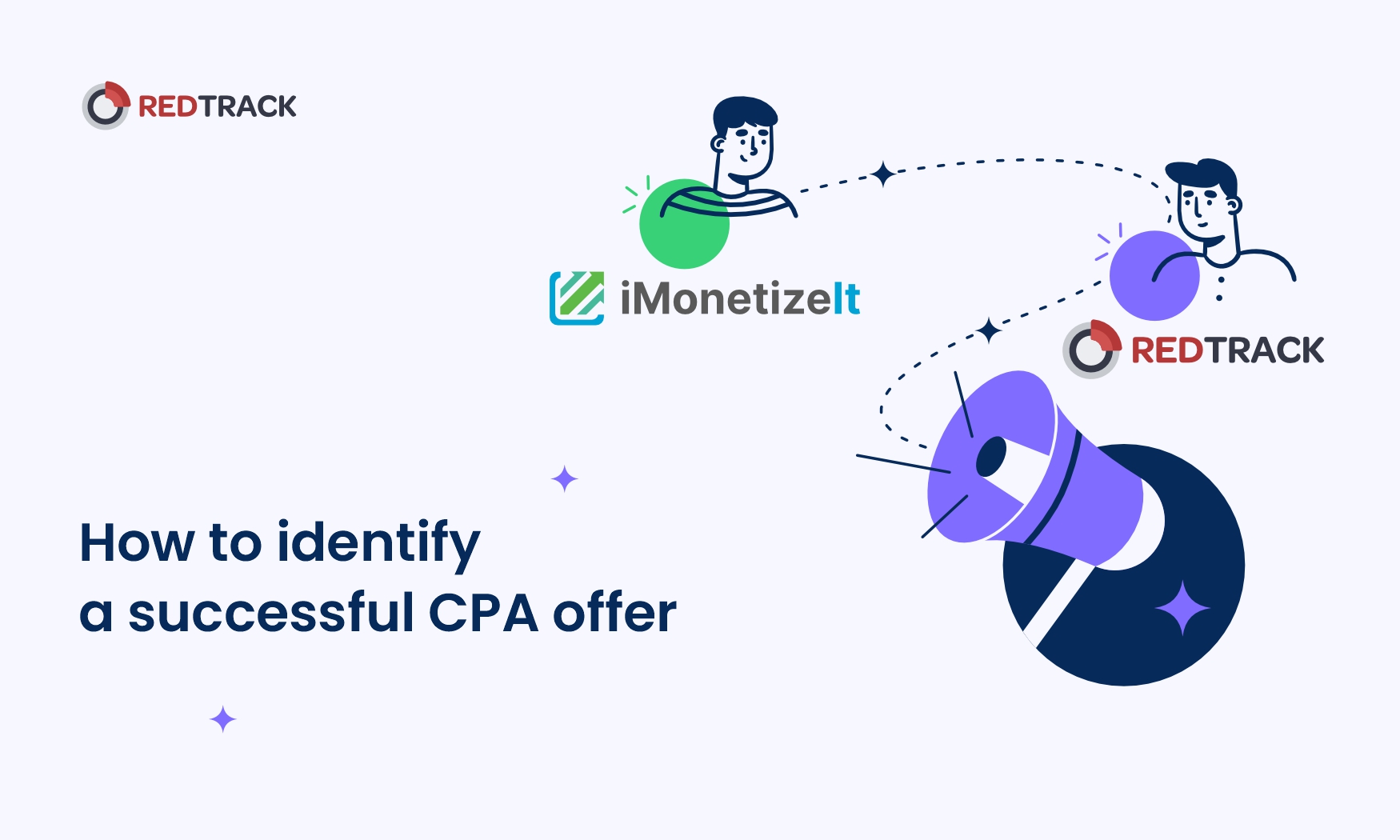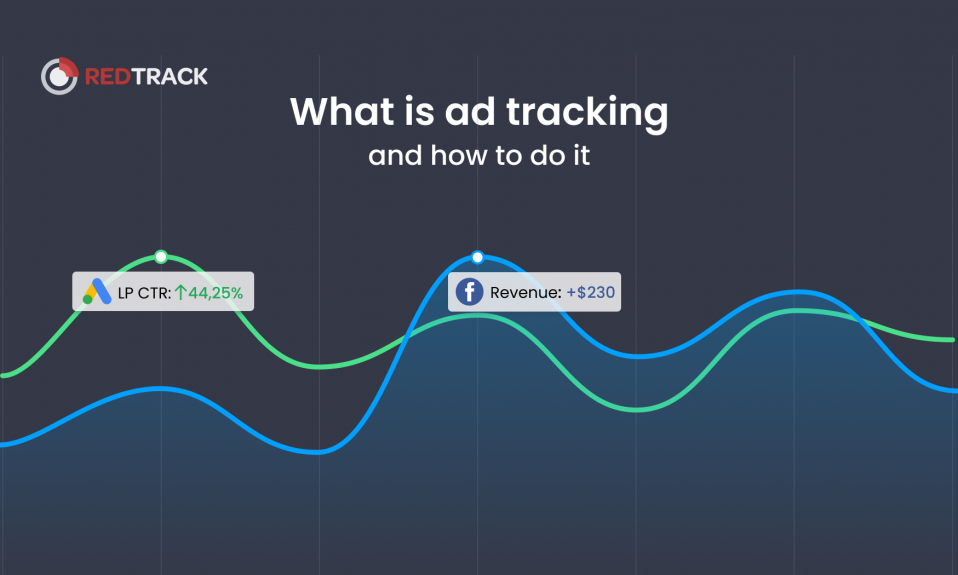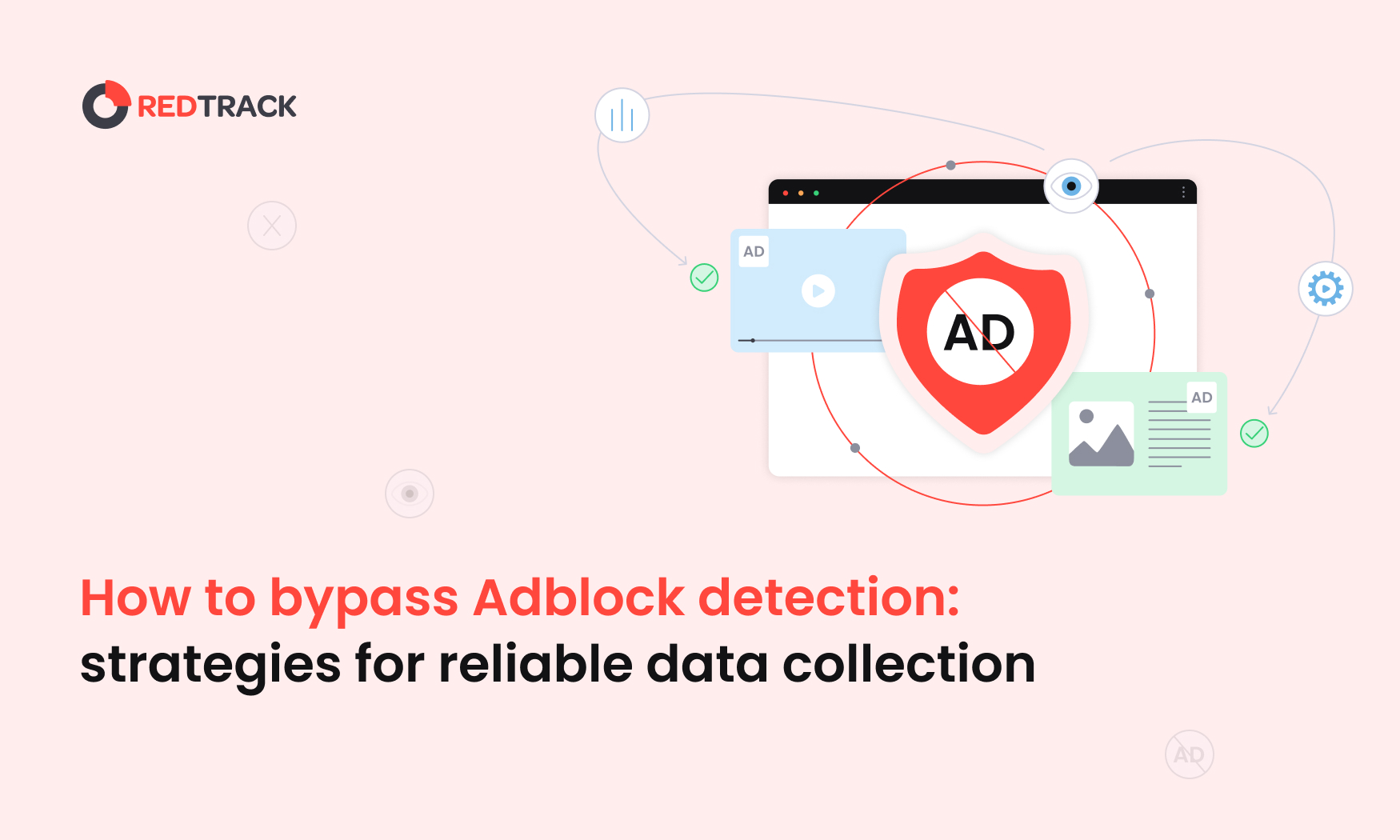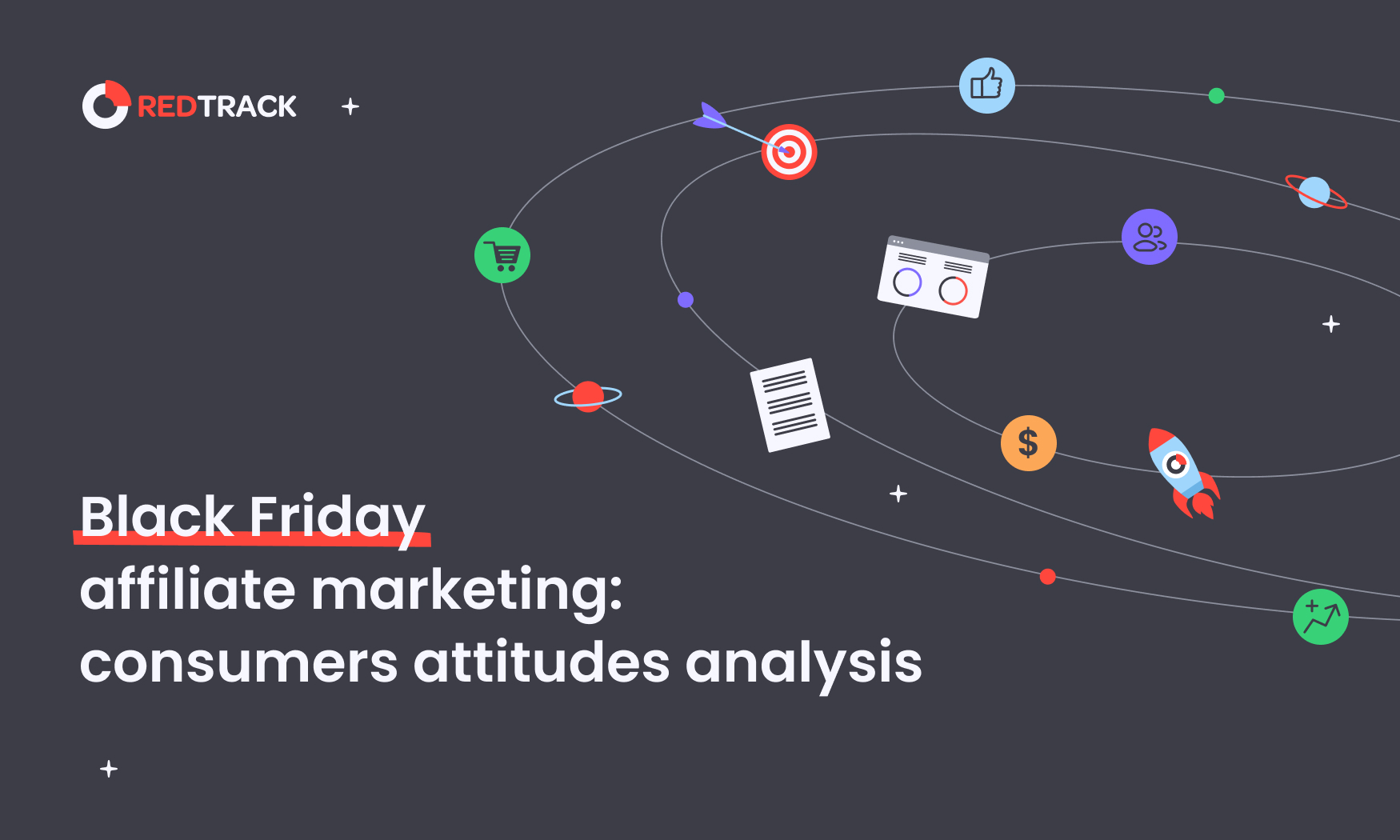
Black Friday has become an unparalleled opportunity for both retailers and affiliate marketers. In recent years, the shopping phenomenon has extended far beyond just one day, often spanning an entire week or more.
This high-energy shopping event provides affiliates with a golden opportunity to connect with consumers eager for deals, creating a unique environment where affiliates can drive significant conversions and commissions.
In this guide, you’ll learn:
- How to uncover customer motivations and attitudes driving Black Friday;
- How to leverage tracking for data-driven decisions;
- Strategies for optimizing affiliate campaigns for maximum ROI;
- Proven methods for building trust and credibility with potential customers;
- How to measure and optimize Black Friday campaign performance in real-time.
Read on to learn how affiliates can capitalize on this major shopping event.
Black Friday’s potential for affiliates
As consumer demand surges, shoppers’ focus is sharply directed at finding the best possible deals. This is a day when shoppers actively seek guidance on the best purchases, presenting affiliates with a captive audience. Affiliates serve as invaluable resources, guiding shoppers toward deals that resonate with their interests, budgets, and needs.
To successfully connect with consumers on Black Friday, affiliates must recognize the specific factors driving buying decisions. Consumers are not merely looking for any deal; they’re hunting for significant discounts, exclusive offers, and products that align with their personal preferences.
Inside the mind of the Black Friday shopper
The digital transformation of shopping is undeniable, with the majority of Black Friday purchases now taking place online. Mobile devices and desktops have become the primary tools for shoppers, as they appreciate the convenience of browsing deals without facing in-store crowds. This shift requires affiliates to optimize their campaigns for mobile accessibility and seamless online navigation.
Black Friday shoppers are generally motivated by a few key factors. Insights from industry expert Mark Stiving highlight that deep discounts are a major draw – often, the steeper the discount, the better. Shoppers also crave exclusivity, seeking “early bird” or VIP deals that make them feel valued.
Additionally, many view Black Friday as the start of their holiday shopping, making it an ideal moment for affiliates to promote popular gift items and seasonal products.
This Black Friday, affiliates in specific verticals can capitalize on high consumer demand. Key categories to focus on include:
- Financial services, insurance, and related offerings: Tend to see increased interest during Black Friday. Consumers seek deals on financial products, insurance policies, and investment opportunities. For instance, credit card companies may offer sign-up bonuses, while insurance providers may discount premiums. Affiliates promoting financial planning and advisory services can also expect strong engagement.
- The nutraceutical and health supplements industry: Thrives during Black Friday as consumers prioritize wellness and self-care. With wellness on everyone’s mind, affiliates promoting vitamins, minerals, protein powders, fitness supplements, weight loss products, and skincare can expect strong engagement.
- E-commerce and cash-on-delivery: Sales surge during Black Friday, especially in categories like electronics, fashion, home goods, and beauty products. Affiliates can promote doorbuster deals, discounts, and bundle offers on popular products.
- The gaming and software industry: This coincides with the peak holiday season, driven by new game releases, console discounts, and software promotions. Affiliates can tap into this frenzy by promoting gaming consoles, accessories, and online gaming subscriptions.
RedTrack’s tracking offers affiliates an edge by providing access to consumer trend data during the busiest shopping hours. By monitoring which products and categories are most popular, affiliates can adjust their campaigns instantly to align with trending items, maximizing relevance and appeal.
How shoppers perceive affiliate links
Today’s consumers are more comfortable than ever with affiliate links, particularly when these links provide relevant and valuable recommendations. If an affiliate link directs them toward a genuine deal or a product that matches their needs, shoppers are likely to engage positively.
Trust also plays a critical role in affiliate marketing. Shoppers are drawn to authentic recommendations and honest reviews from affiliates. Transparency about affiliations and straightforward product recommendations help to build this trust.
In the same vein, clear and honest communication can make all the difference. Consumers respond well to upfront, transparent links that feel organic and helpful rather than forced. Affiliates who disclose their partnerships and provide genuine value are more likely to win consumers’ trust and encourage conversions.
Using RedTrack, affiliates can track how shoppers respond to affiliate links in real-time. This insight allows them to refine and adjust links to ensure they resonate with buyers, ultimately enhancing both the relevance and effectiveness of their campaigns.
The factors driving conversions on Black Friday
Optimize your affiliate marketing strategy with these essential factors that influence consumer purchasing decisions on the biggest shopping day of the year:
The best deals matter
Consumers are heavily influenced by the quality of discounts. Significant, no-strings-attached savings are a powerful motivator. Affiliates who promote offers with clear, compelling discounts are more likely to see conversions.
Product quality and social proof
Consumers look for reassurance in the form of product reviews and social proof. Positive reviews and endorsements can make a crucial difference in helping shoppers feel confident about their purchase decisions.
Perfect timing
Timing is everything on Black Friday. Affiliates who time their promotions to peak shopping hours have a better chance of catching shoppers when they’re ready to buy. Staying aligned with high-traffic periods allows affiliates to maximize visibility and conversions.
Seamless experience
A frictionless shopping experience can make or break conversions. Affiliates should aim for a smooth link-to-checkout flow without too many steps, ensuring that consumers don’t abandon the process midway.
Effective Black Friday affiliate marketing tactics
To stand out in the crowded Black Friday marketplace, affiliates need strategic approaches that drive results. Consider leveraging these effective tactics to boost conversions, build trust, and outperform the competition:
Personalization
Customizing offers to specific audiences is a proven strategy in affiliate marketing. By tailoring offers based on demographic data, browsing history, and previous purchases, affiliates can create campaigns that feel more personalized and compelling.
Implementation tips:
- Use dynamic content: Incorporate dynamic content in emails, websites, and social ads to reflect users’ interests. For example, use retargeting pixels to display previously viewed products with updated discounts. This can boost CTRs significantly, often by 20%+.
- Leverage first-party data: Gather data on users’ past purchases, page views, and demographic segments. For example, if your data shows a high purchase likelihood for certain products among 25–34-year-olds, create targeted ads specifically for this age range.
- Segmentation metrics: Track segmented user behavior and engagement metrics (CTR) for different audience groups. This helps you understand which segments respond best to which types of personalization.
Key metrics to track:
- Conversion rate per segment: Evaluate which segments convert higher with specific offers.
- Customer lifetime value: Measure if personalized campaigns increase CLTV by encouraging repeat purchases.
- Return on ad spend: ROAS can indicate if certain personalized campaigns yield more profit relative to ad costs.
Transparency in messaging
Consumers are put off by hidden conditions or confusing terms. Transparent messaging—directly outlining deal details and requirements—is essential. Shoppers appreciate clarity, and affiliates who offer straightforward information tend to build stronger rapport and trust.
Implementation tips:
- Clear call-to-actions: Ensure your CTAs explicitly communicate what customers can expect, e.g., “Get 30% off with free shipping—no minimum purchase.” Use tools like heatmaps; Hotjar or Crazy Egg to see where users click and gauge whether messaging is resonating.
- Test different formats: A/B test straightforward, bullet-point summaries of offers versus more detailed descriptions. Use tools like Google Optimize for split testing and tracking performance.
- Be upfront about conditions: List the terms clearly in pop-ups or banners, especially if the discount applies only to certain items or requires a minimum purchase.
Key metrics to track:
- Click-through rate: Higher CTRs on transparent, clearly labeled ads and CTAs typically indicate trust.
- Bounce rate: A high bounce rate may suggest confusion or mistrust; tweak messaging for clarity.
- Engagement rate: Monitor session duration and scroll depth to determine if users are engaging with the entire message.
Timing campaigns
Effective timing involves launching campaigns that align with shopping patterns. For example, affiliates might choose to start early Black Friday promotions to capture shoppers looking for early deals and continue through Cyber Monday.
Implementation tips:
- Early bird offers and countdown timers: Use countdown timers and pop-up notifications to build urgency for limited-time offers, capitalizing on the anticipation around Black Friday.
- Automated drip campaigns: Schedule email campaigns that build interest gradually (e.g., “3 days to go,” “Early access for loyal customers”). Tools like Klaviyo or Mailchimp allow for automation, and affiliates can monitor open rates to determine the most effective send times.
- Testing campaign duration: Test the duration of Black Friday deals—some shoppers will buy immediately, while others wait for the best offer. Run a short (e.g., 48-hour) early-access test to see if conversions are concentrated at certain times.
Key metrics to track:
- Open rates and CTR for emails: Measure the engagement of pre-launch and reminder emails to gauge optimal timing.
- Conversion rate by hour: Track conversions across the day, especially during key dates (e.g., Thanksgiving, Black Friday, Cyber Monday) to identify peak hours.
- Average order value: Evaluate if conversions increase with prolonged campaigns or short, high-urgency windows.
Cross-channel approach
A multi-channel strategy is invaluable. Affiliates who reach consumers on social media, email, and mobile can stay top-of-mind throughout the holiday shopping period, increasing the chances of conversion.
Implementation tips:
- Consistency across channels: Use consistent messaging and branding across social media, email, and mobile push notifications to reinforce the offer across touchpoints.
- Utilize pixel data for retargeting: Place tracking pixels from Facebook, Google, or other ad platforms on landing pages. This enables retargeting campaigns on social media and display ads, which can yield up to a 10x increase in ad engagement.
- Create dedicated landing pages for each channel: Tailor landing pages for each traffic source (email, social, SMS) to match messaging and increase conversion likelihood. Track these using UTM parameters for granular data.
Key metrics to track:
- Channel-specific ROAS: Measure the ROAS per channel to identify which channels are most profitable.
- Attribution analysis: Use tools like Google Analytics to determine which channel initiates, assists, and completes most conversions.
- Multi-channel conversion rate: Track how many users convert after interacting with more than one channel, which often indicates the impact of consistent, cross-channel messaging.
Getting the most out of RedTrack on Black Friday
You can maximize your affiliate marketing success with RedTrack’s features. Here’s how to leverage its capabilities to stay ahead of the competition and drive exceptional results during the busiest shopping day of the year:
Real-time decision making
RedTrack’s instant performance metrics allow affiliates to see which campaigns are succeeding and pivot quickly if needed. This capability is especially useful during Black Friday when trends shift rapidly.
Audience segmentation
Targeted campaigns become possible with audience segmentation tools, which enable affiliates to reach groups based on behavior and preferences – ensuring that promotions are seen by the shoppers most likely to convert.
Full funnel tracking
With RedTrack, affiliates can track the full buyer’s journey from click to purchase. This data gives insights into each step of the conversion process, allowing affiliates to optimize touchpoints for better performance.
Competitive insights
These tools enable affiliates to gauge their performance against others in the space, providing valuable benchmarks to adapt and stay competitive in the fast-paced Black Friday market.
Rules & optimization
The Rules feature automates campaign optimization, helping you manage multiple campaigns efficiently during Black Friday’s traffic peaks. To use it:
- Select key elements like traffic channel, campaign, and rule object (campaign, ad set, or creative);
- Define conditions that trigger actions, such as pausing underperforming campaigns or scaling investments in successful ones;
- Configure notifications, execution settings, and rule frequency.
This automation saves time on repetitive tasks, allowing focus on strategic adjustments to boost Black Friday results.
What’s next for affiliate marketing on Black Friday?
Black Friday’s influence extends far beyond a single day. Discover the trends and innovations that will reshape affiliate marketing strategies and drive long-term success:
Evolving expectations
Modern shoppers value transparency and trustworthiness in affiliate marketing. Affiliates who consistently deliver on these fronts will likely build lasting customer relationships beyond Black Friday.
Shifts in shopping habits
Black Friday trends could signal long-term shifts in how consumers approach deals and holiday shopping. Staying attuned to these trends helps affiliates plan for future campaigns.
Technology and data in focus
With tools like RedTrack, affiliates can stay updated on the latest trends, allowing data-driven decisions that keep campaigns relevant and effective.
Final takeaways
Understanding Black Friday shopper behavior and tailoring campaigns accordingly is key for affiliate success. Affiliates who prioritize transparency, timing, and relevance will see the greatest success. By making data tracking analysis simple, RedTrack enables affiliates to focus on creating impactful campaigns that convert. This Black Friday, use RedTrack to gear up for Black Friday with the tools you need to turn data into conversions.




